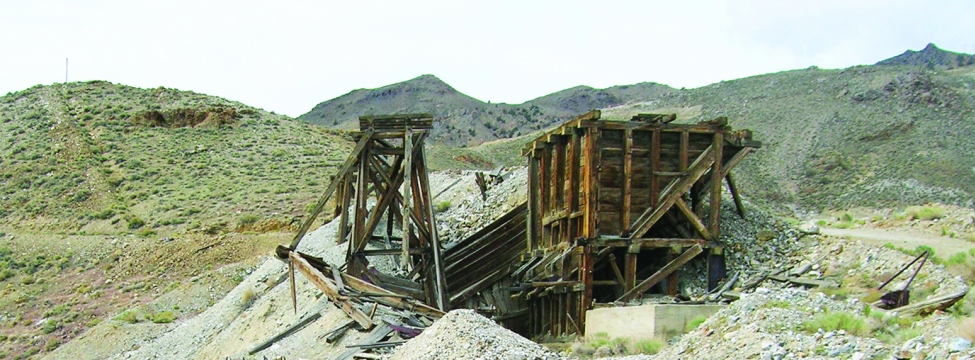To serve you better, our new website displays information specific to your location.
Please visit the site and bookmark it for future use.
You are here
SRK Kazakhstan ›Don't Forget Environmental Issues
With mine project evaluations, the tendency is to focus on the potential resources and reserves followed by the mining and processing costs. But environmental issues related to project permitting, operations and closure can have a material influence on the overall valuation of a mining asset. Proper identification of environmental liabilities and risks, as well as the cost of ongoing environmental expenditures, need to be included in the overall cash flow model. Likewise, mine closure costs need to be included to determine the closure fund contributions from cash flow.
Before new mining can be initiated, properties with pre-existing, mining-related liabilities need to be assessed and included in the project valuation. The mine’s expansion, redevelopment, or reuse may be complicated by the potential presence of environmental issues, usually a hazardous substance or pollutant.
Assigning responsibility to historical liabilities can be critical during early negotiations, as the full assumption of existing liabilities could lead to long-term remedial programs.
Permitting mine projects has become increasingly challenging in some western jurisdictions. Prolonged permitting processes affect the investor return period. For this reason, most mine developers try to expedite the initial permitting process to ensure the project has obtained, or is close to obtaining, permits prior to market presentation.
While initial permitting costs are usually borne by the development company, maintaining the permits, as well as the environmental and social management programs, should be considered in the overall project valuation. Environmental requirements associated with mineral rights, surface land uses, and water rights/appropriations also need to be considered during the evaluation.
Environmental capital costs provide for constructing or upgrading pollution control measures, such as stormwater diversions, settling ponds, water treatment plants, or air pollution control measures. Capital costs could also include provision for further investigations or for compensation payment to affected parties. In some cases, this extends to the purchase of neighboring properties, where land capability has been or could be affected by the mine. While generally not associated with “greenfield” projects, litigation resulting from environmental, labor, and health & safety claims need to be considered for operational or “brownfield” projects.
For years the mine evaluation process has ignored or given only cursory consideration to final reclamation planning and closure costs, as these issues can occur years into the future. At best, a Greenfield project may develop a conceptual closure plan espousing the virtuous nature of corporate reclamation and sustainability programs, with little detail to evaluate the true extent of necessary activities and associated costs. Experienced closure specialists draw on a breadth of site experience, facility and process design knowledge, known closure pitfalls, and post-closure commitments to guide the mine evaluation to realistic final closure cost.
The closure specialist can assist in identifying opportunities for alternative closure strategies, cost savings approaches, or closure scheduling to improve the overall cash flow model.
Mark Willow: mwillow@srk.com
|
You can download a PDF of the entire |
PDF
A4 |
PDF
Letter |
|
|
|
Our newsletters focus on specific areas of interest to earth resource professionals and clients. Each is available as an Adobe Acrobat PDF file. If you don't already have Adobe's PDF reader, you can download it free.


